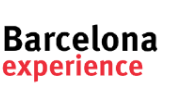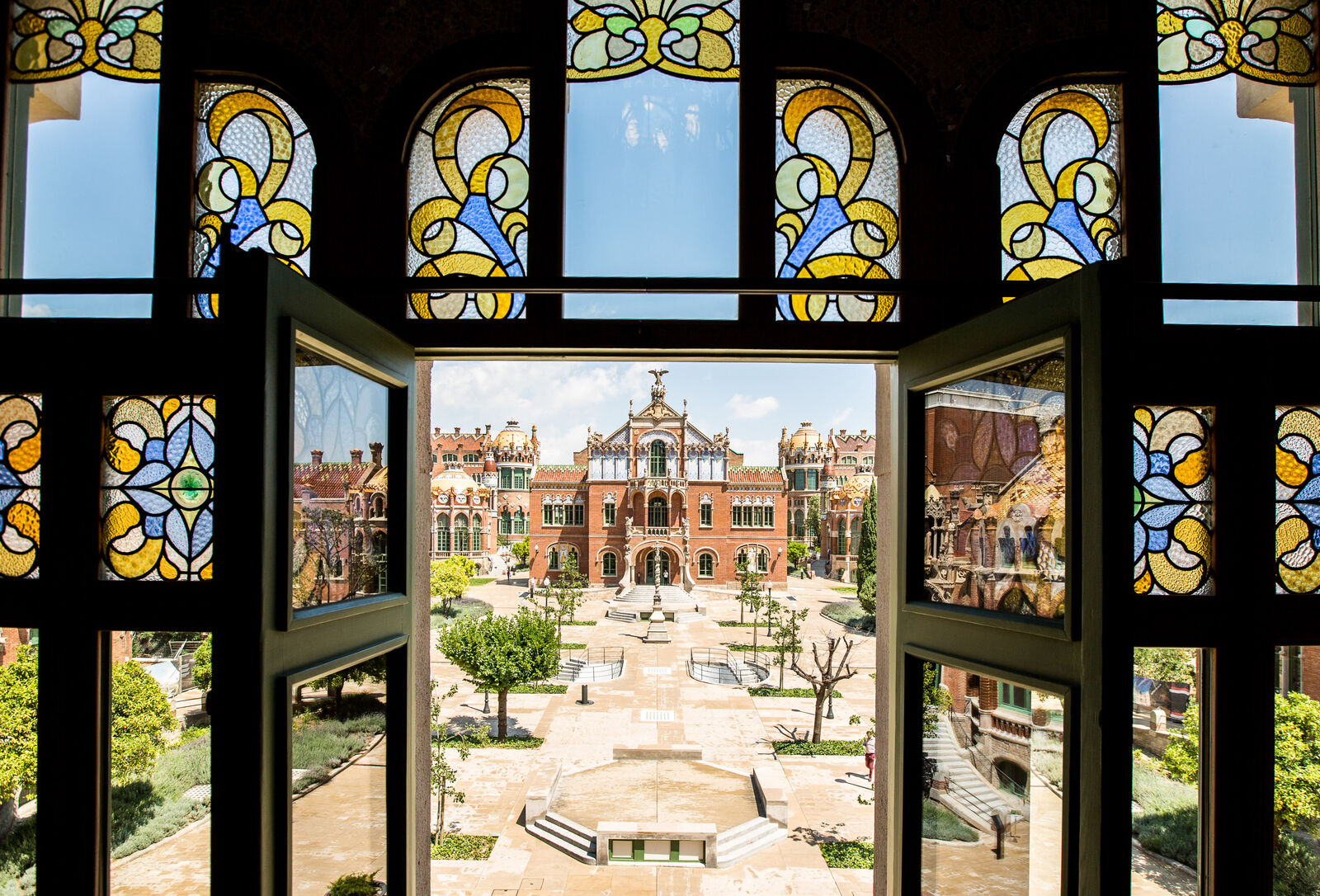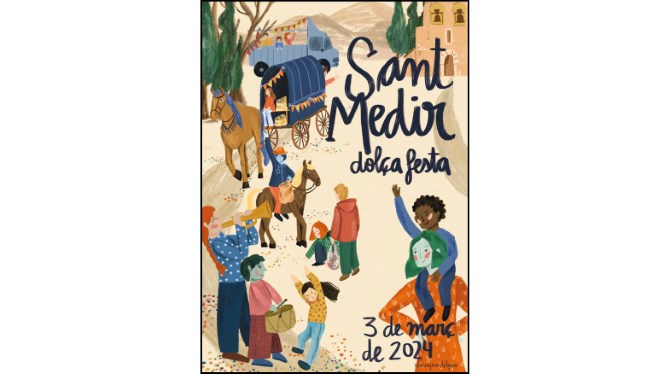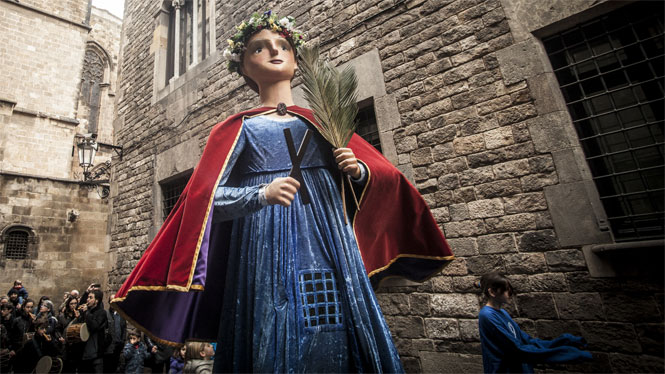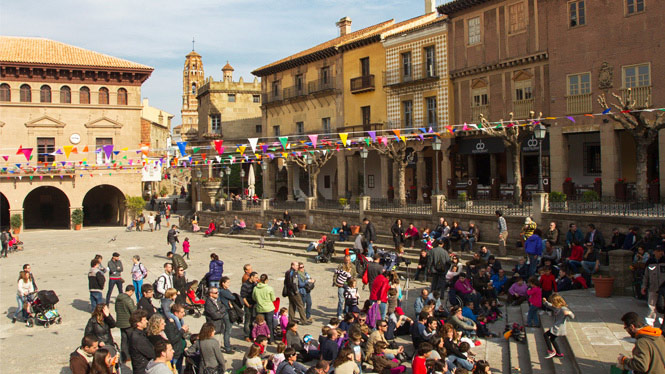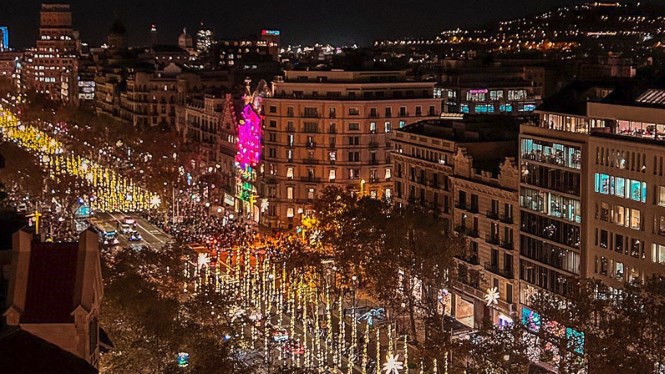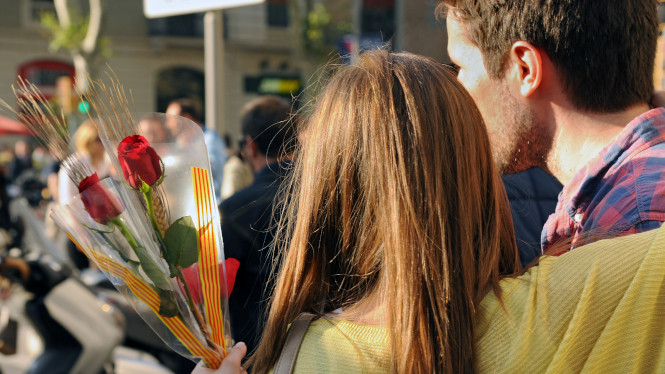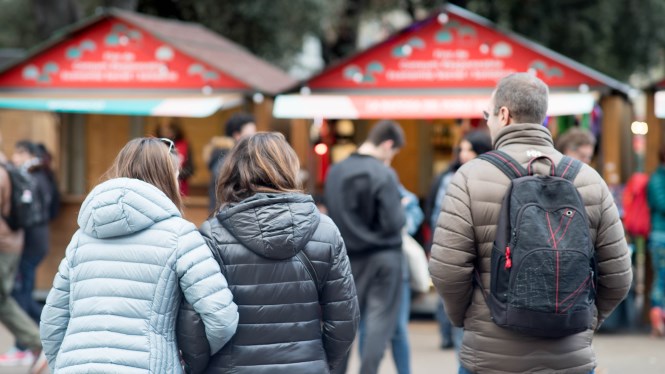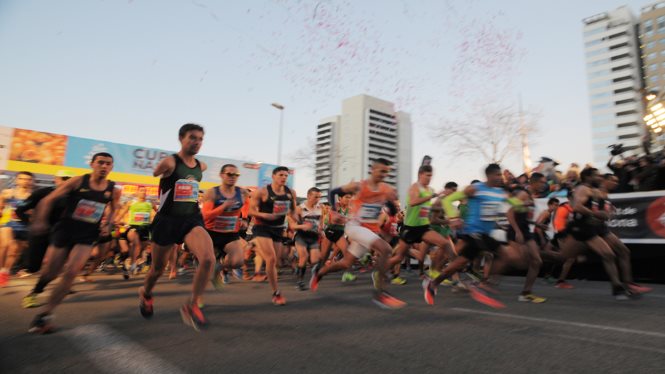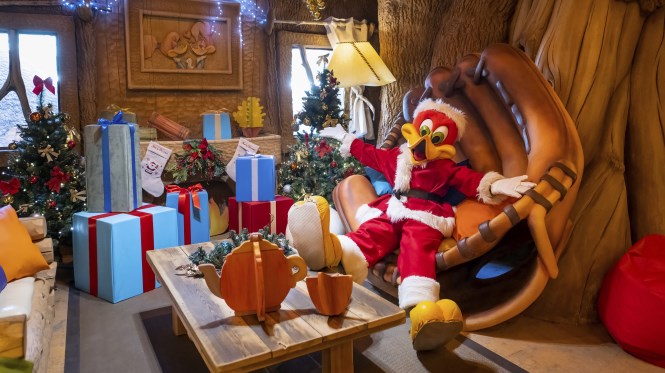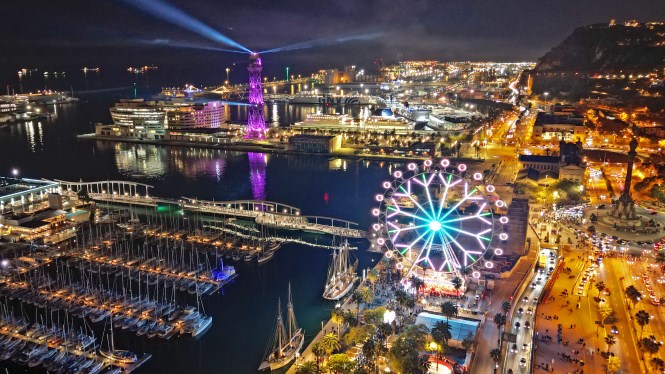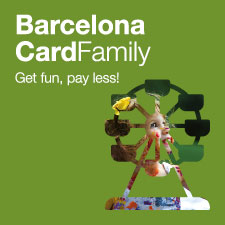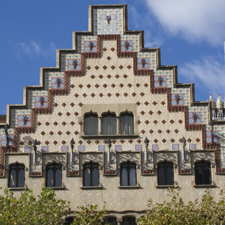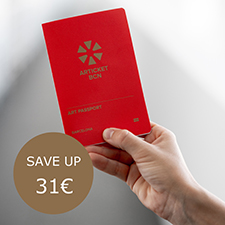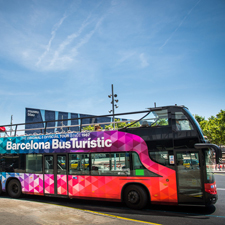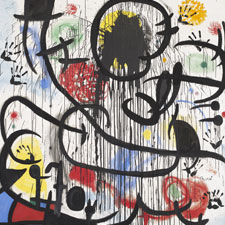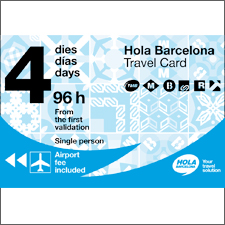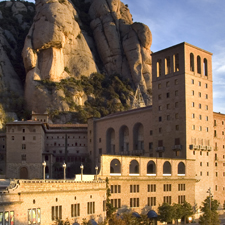Result of your search for "tradition"
-
Every March, the children of Barcelona enjoy one of the "sweetest" festivals of the city. The streets and squares of the charming district of Gràcia become a festival of sweets, bands and horse carriages. This is the Sant Medir Festival and according to tradition originates from the Saint who lived in the year 303 in Barcelona under the Roman rule of Diocletian, who intensely persecuted Christians. According to legend, Sant Medir's beans grew immediately after they were planted and for this he was taken prisoner. A hermitage was built where the Saint lived to mark the starting point of the pilgrimage. In 1830, a baker from the district of Gràcia made a pilgrimage to the hermitage on his Saint's Day to thank the Saint for a honoured promise. Today, this pilgrimage has become a popular tradition with the participation of "colles" from the districts of Gràcia, Sarrià and Sants. Each year,
-
The Santa Eulàlia Festival, the winter festival of Barcelona, is for all the family. During these magical days, tribute is paid to the brave Laia, the girl who rebelled to defend her aims. For the city of Barcelona, this girl was a symbol of solidarity, in defence of justice and commitment to young people. Santa Eulàlia and la Mare de Déu de la Mercè are co-patron saints of Barcelona. To celebrate this festival, different activities are organized for all the family. You can't miss the giants, the processions or the firework street run, human towers, sardanas dancing and musical bands throughout different routes of the city, apart from other activities for both young and old.
On 12th February, the Santa Eulàlia feast day, several events are held, such as raising the Penó de Santa Eulàlia (reproduction of an old banner of the city) on the balcony of City Hall, sardanas dancing, giants...
-
Family Activities at Poble Espanyol
A large area, totally free of traffic, with different places to explore, most of them in the open air. That's the Poble Espanyol de Barcelona, an iconic visitor attraction in the heart of Montjuïc. Every weekend, there's a different activity: theatre, dance, music, magic, treasure hunts, etc. Throughout the year there are loads of activities to ensure you have a great day out with the family: Carnival, a Giants' Parade, a Puppet Festival, the Click and Go Fair, the Main Festival, the Medieval Fair, Christmas at the Poble, Halloween... and many more surprises!. In short, a wide range of activities for all the family.
This year, before the Futbol Club Barcelona matches, enjoy the Barça Fest: music, entertainment, gastronomy and many activities for the whole family to enjoy in the hours before the match. Experience the culé passion on the way to the stadium!*
*This activity is not included in the general admission to Poble Espanyol.
-
The streets of Barcelona welcome Christmas with light and colour. From November 22nd , the Christmas spirit will light up until January. The motifs of the lighting are different and varied: you will find traditional lights and also highly innovative compositions which invite you to experience and enjoy what the city is planning for these festivities.
This year, “Barcelona Llums de Nadal” brings artistic light designs to every district, created by five winning studios in collaboration with ADI-FAD. More than 126 km of streets shine with festive installations, alongside over fifty illuminated fountains and creative shop windows by design schools. A dedicated Christmas map invites you to explore emblematic routes and enjoy the city’s glowing atmosphere.
-
This is one of the most keenly anticipated and widely celebrated Catalan public holidays. According to the traditional tale, Sant Jordi (Saint George) killed the dragon that used to live in Montblanc where it terrorized the local population, thus saving the king's daughter from certain death. Legend has it that a beautiful rose bush sprang up in the spot where the dragon's blood was spilled. From the 18th century onward, the Sant Jordi festival became widely identified as a Catalan 'fiesta' which these days arouses great popular, civic and cultural passion. On Sant Jordi's Day, lovers exchange a rose and a book and every town and city in Catalonia is filled with stalls set up to sell both.


